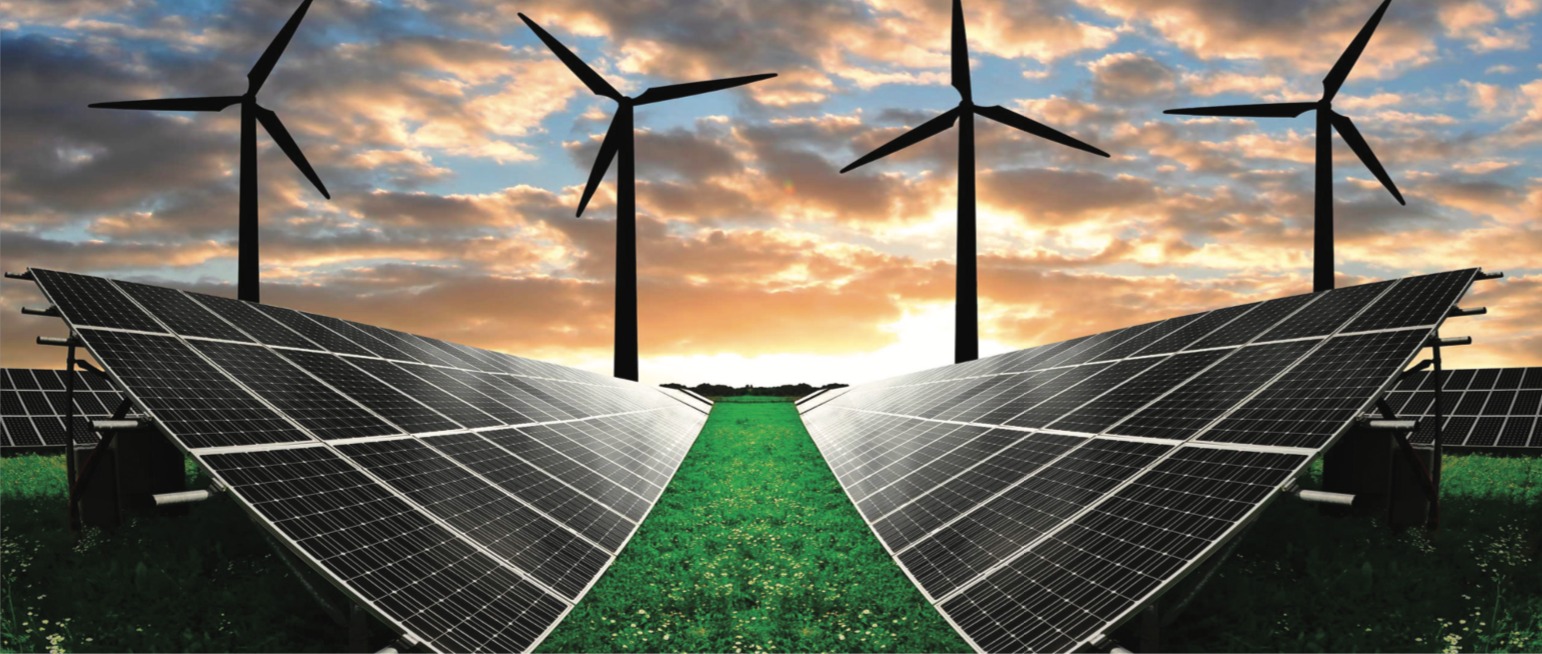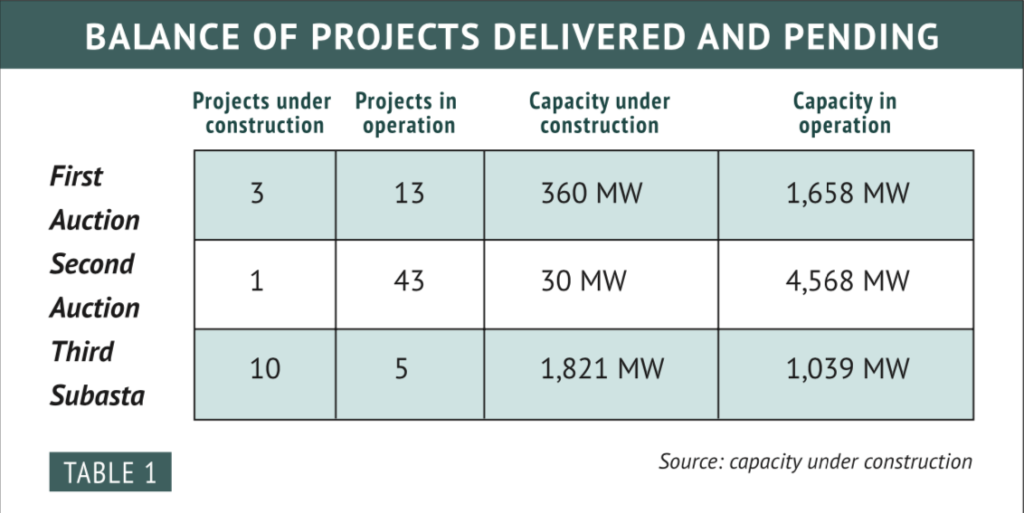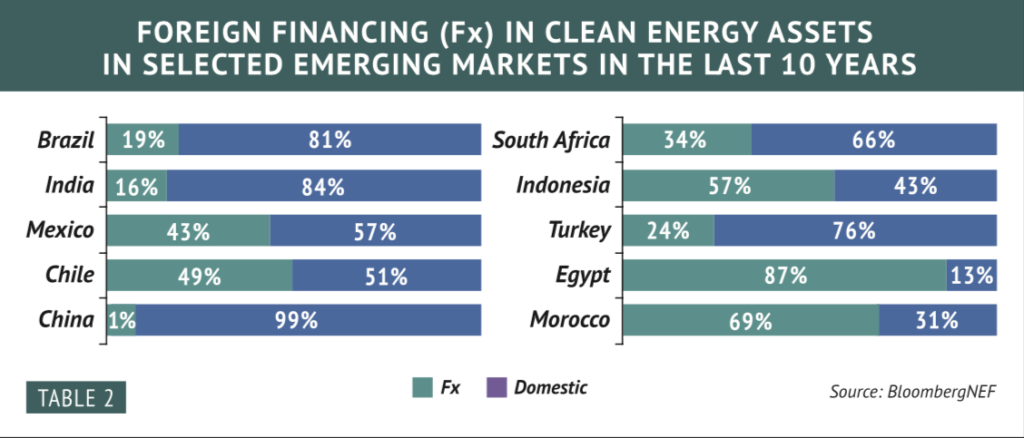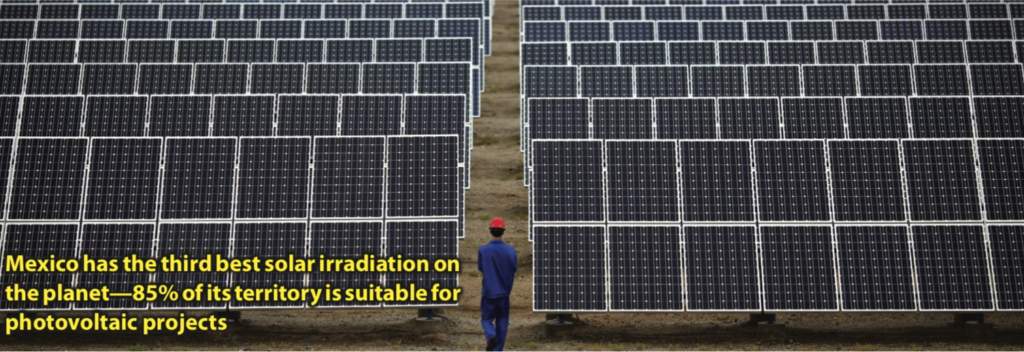Renewable Energies in Mexico Face Bleak Future

Warning: foreach() argument must be of type array|object, bool given in /home/mexiconow/public_html/sites/mexiconow/wp-content/themes/mexiconowwpnew/single.php on line 254
By Iván Iglesias
Due to the threat of climate change, an important group of countries adopted the Paris Agreement at COP21 in Paris, in November 2015, which
entered into force that same year. In the agreement, all the countries involved agreed to work to limit the increase in global temperature to below 2ºC by the end of the century.
Mexico was present in this summit and committed to generating 35% of electricity with clean energy sources by 2024. In this sense, our country has significant potential. However, the so-called clean energies are currently going through turbulent times because, according to many companies involved, many of the projects for the generation of electricity, for example, through solar and wind energy have been stopped or hampered. So, what future awaits these energies?
Great energy potential
According to the Mexican Association of Solar Energy (ASOLMEX), our country has a privileged geographical position that allows it to be competitive in the green energy sector, especially in the solar sector, which represents a direct investment of US$8.55 billion and the generation of more than 64,000 jobs throughout the value chain. Also, currently, Mexico has 54 wind farms in operation in 18 states, equivalent to 4,935 Mega Watts (MW), and 63 photovoltaic plants in operation in 16 states, equivalent to more than 5,000 MW of installed capacity. As a general rule of thumb, a MW can service 650 average U.S. homes.

According to the consulting firm Deloitte, in previous years, our country managed to attract a significant number of international companies that actively participate in the renewables market, such as the Spanish Iberdrola, Acciona, Aldesa, Siemens Gamesa, and other energy giants, such as Enel or Engie, which continually update their strategies to transform the energy market. Even in the past, the Ministry of Energy (SENER) predicted that by 2030, renewable energies would add 24,296.5 MW to total capacity and, together, they would have little more than 32% of total electricity generation.
With this background, Enrique Peña Nieto’s administration held auctions (tenders in which different generators compete to sell energy to the Basic Service Provider) to promote energy projects and investments. The first three auctions took place in 2015, 2016 and 2017. The winning projects had to deliver energy as of March 2018, 2019 and 2020, respectively. However, like any new scheme, there have been complications and delays. The balance of the delivered and pending as of April 2020 is shown in Table 1.
According to the SENER, the Long-Term Electric Power Auctions will begin to be reactivated in mid-2021, as the construction and operation of the pending projects from the three previous auctions is expected to conclude, while CFE executes a comprehensive project transmission and strengthens to compete in the market.
The Reality
That said, it is undeniable that renewable energies have tried to break through in recent years. Our country reflected in international markets to be a strongly attractive territory for the development of energy generation projects with renewable sources compared to projects that used fossil fuels.
According to the 2018 Emerging Markets Outlook published by Bloomberg NEF, Mexico, together with other countries such as Brazil, India, Chile, South Africa, Egypt and Morocco, provided international investors with a framework to act and allowed the government to attract large volumes of foreign capital in clean energy projects; Mexico has a significant participation of 43%, as shown in Table 2.

Also, according to some businessmen in the sector, even when there is uncertainty for investments in renewable energies due to changes in the
energy policies of the current federal administration, the industry foresees a 35%, growth for 2020, especially in the segment of solar distributed generation: “I think we will have the same growth as last year, approximately 35% compared to the previous year,” Horacio Duhart, CEO of Exel Solar, told the media. “We have not seen the part of distributed generation so affected,” he added at a virtual press conference organized by Deutsche Messe and the SNEC PV Power Expo. However, he clarified that it will not be possible to reach 40% growth, as foreseen by the Energy Regulatory Commission.
Likewise, Duhart said that by 2021 there are 215 clean energy plants on permission before the regulator, of which 136 are solar, 44 wind, 19 hydroelectric, three geothermal, and 11 biomass, so, “we do see a growth of clean energy,” he stated.
For his part, Leonardo Velasco, president of the Mexican Association of the Photovoltaic Industry (AMID), has mentioned that, in these times of regulatory uncertainty on the part of the federal government, it is necessary to bet on the power of consumers and the decisions of the states throughout the country. He mentioned that in 2019, 282 MW of distributed generation capacity were added, 19% of real growth above that reported at the end of the previous year, which was 235 MW. But, despite these positive figures, Velasco points out that the number of contracts was less in 2019 than in 2018. “This tells us how public policies have the power to influence the supply of renewable energy,” he said.
According to the survey “Perspectives of international companies on the country’s photovoltaic industry” carried out by Solar Power México (2020), 80% of those consulted recognized that recent changes in the federal government’s energy policy have affected their business outlook in the
country, and the same percentage also expressed that their perception is that these changes seek to limit renewable energies and put at risk the goals of Mexico before the Paris Agreement. For this reason, 46.67% believed that,
as a consequence of this, the confidence in the future investments of their company will be diminished.
Opportunities and prospective
On the other hand, the Solar Power Mexico survey also revealed that for 60% of companies, Mexico is among the top five most relevant countries for their companies globally and that—unlike other countries, where the main variable to invest in are the regulatory framework or legal certainty—the size of the market and the competitive advantages in the sector are what make the country attractive.
“This means that international companies see the advan tages that our country has in terms of renewable energy. If Mexico has the third best solar
irradiation on the planet—85% of its territory is suitable for photovoltaic projects, since it has specialized human capital for the entire value chain and abundance of lithium, the natural resource that makes storage possible and the massive adoption of renewables—it is logical that our competitive advantages are the ones that lead to reasons to invest,” says Eduardo López, representative of Solar Power Mexico.
For its part, the National Electricity System Development Program (PRODESEN) 2019-2033 presents some projects where the Federal Electricity Commission could invest in solar and wind energy, but all this is projected as of 2023; besides these projects are still subject the financial and technical capacity of the national electricity company.

In conclusion, as long as the direction that the federal government has set does not give a new turn of the wheel that leads us towards “cleaner waters,” the panorama of renewable energies looks complicated in the short term. This is what experts and entrepreneurs in the sector predict. In particular, for Adrián Fernández, general director of the Mexico Climate Initiative, the future looks complex, to say the least: “We are the only country within the G20 that instead of betting on renewable energies, which offer money saving opportunities, generate jobs, improve air quality
in large urban centers, which are also the main lever to try to meet the goals of the Paris Agreement (the energy policy dictated by the present administration goes against all those benefits); bets on fossil fuels only because they are the ones managed by the Federal Electricity Commission
(CFE). This condemns Mexico to a very expensive and dirty energy future that will have strong repercussions on the environment.” Mexico has a wide, modern and promising “superhighway” in terms of renewable energy, but the country is riding on a car that “spills oil and the catalytic converter has been removed.” Today is the time when all the players in the sector seek to “change the model” for the sake of everybody.





